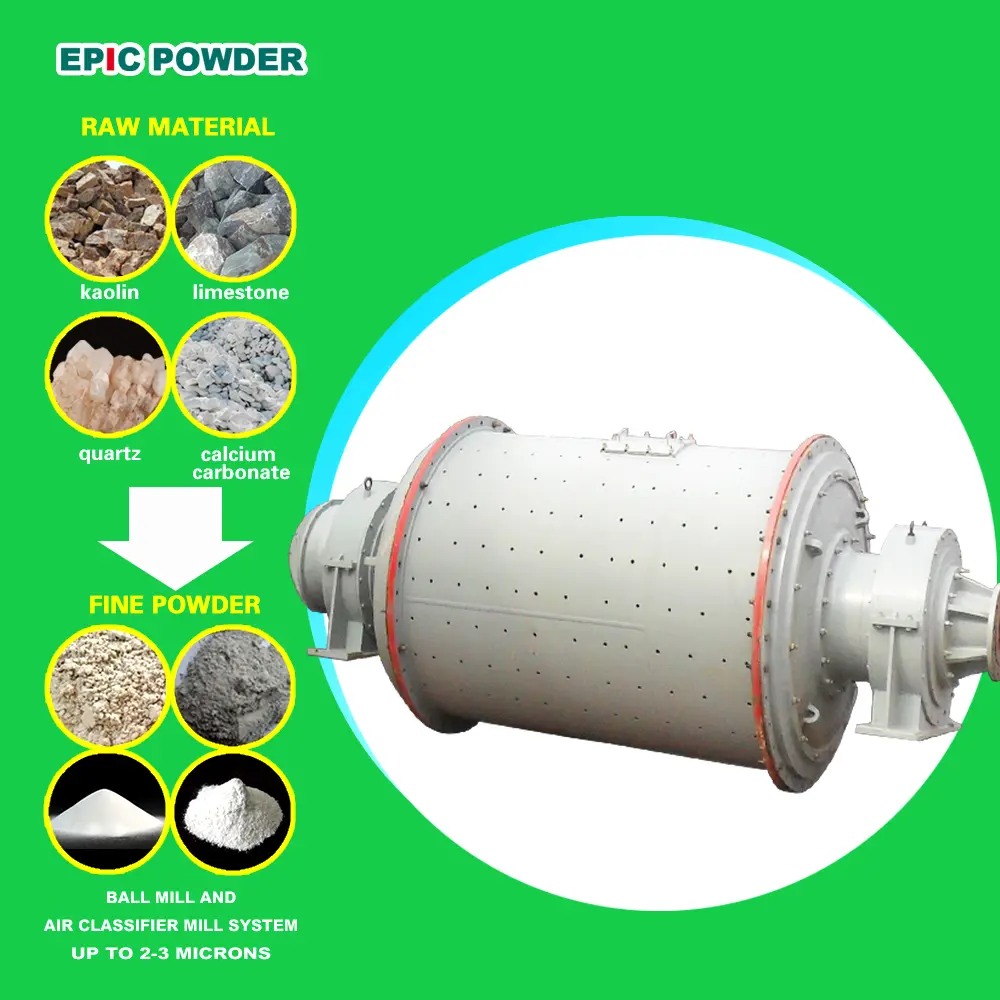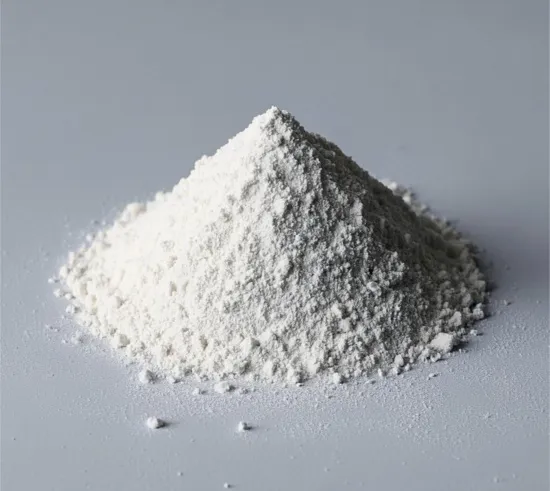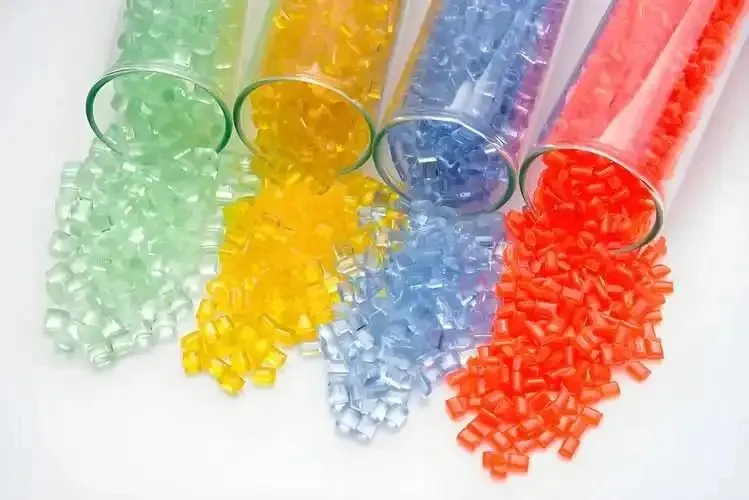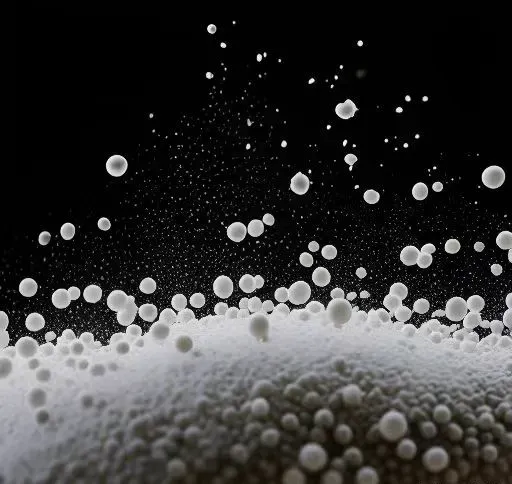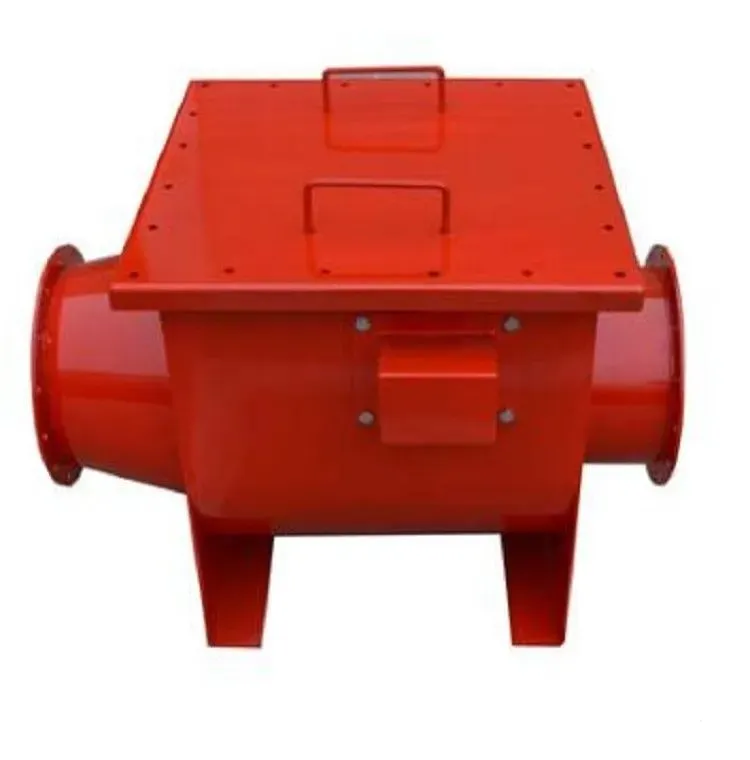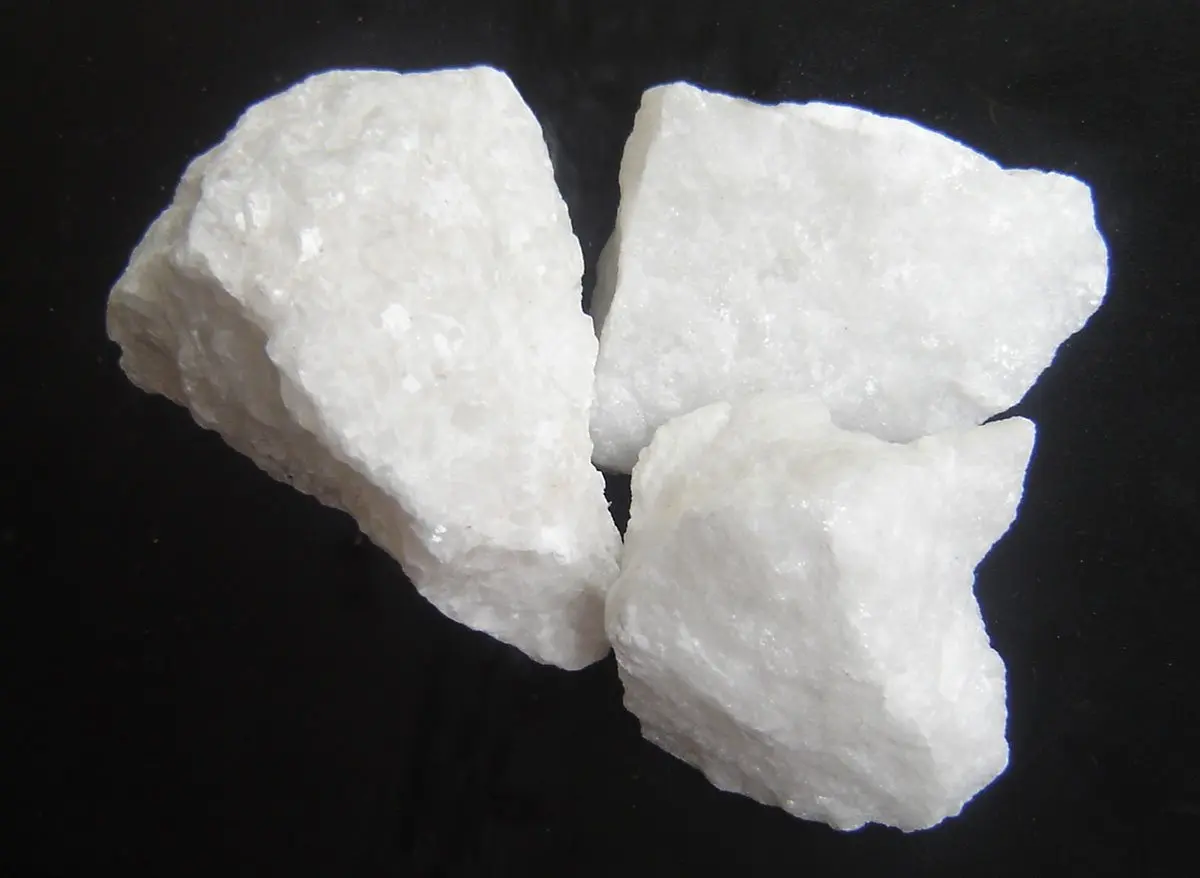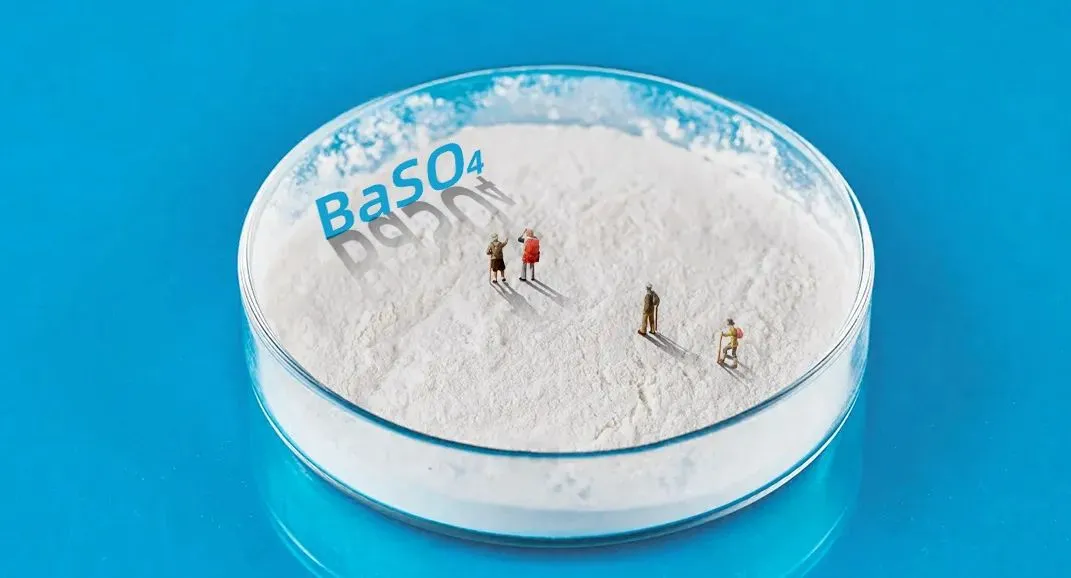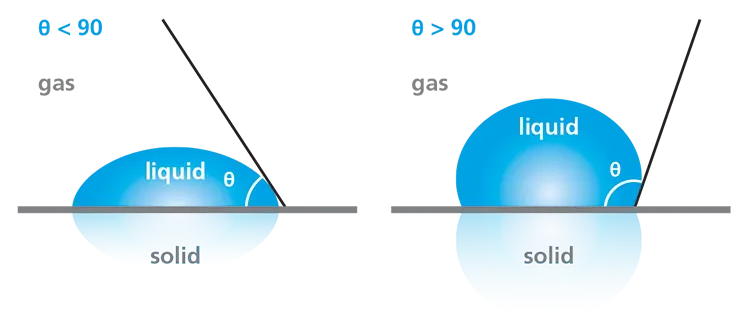Nanomaterials possess unique mechanical, optical, thermal, electrical, magnetic, adsorption, gas sensing, and other properties. Incorporating nano powders into traditional materials can significantly enhance their performance or introduce unexpected properties.
In the 21st century, the rapid advancements in production and daily life have set new demands for materials. In the innovation of new materials, the research and development of nanomaterials play a crucial role. Many powders in the powder industry are moving towards nanotechnology. However, in practical applications, the small size and high surface activity of nanoparticles make them prone to agglomeration. Large aggregates can seriously hinder the use of nano powders and the preparation of corresponding nano materials.
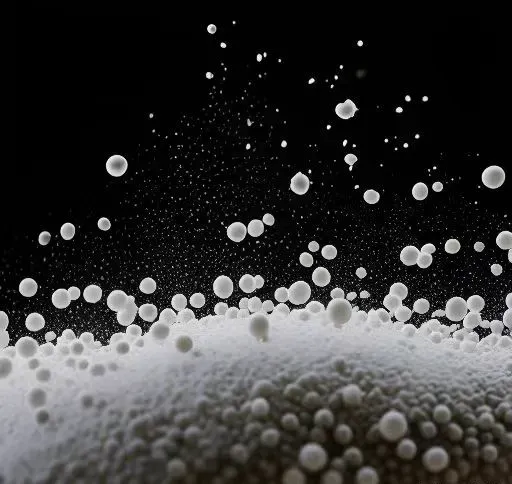
Due to the presence of Van der Waals and Coulomb forces in nanoparticles, the process of solid ultrafine refinement involves continuously breaking the internal binding forces of small particles. This increases the total energy of the system. Therefore, from a thermodynamic perspective, the interaction between powder particles is governed by van der Waals and Coulomb forces. It leads to the aggregation of nanoparticles. There are two main types of nanoparticle aggregation: soft agglomeration and hard agglomeration.
Soft agglomeration can generally be eliminated through chemical treatment or mechanical action. However, hard agglomeration cannot be resolved through general chemical reactions alone. It is due to the tight binding between particles. Mechanical methods such as high-power ultrasound or ball milling must be used for depolymerization. These methods are remedial measures taken after agglomeration has occurred. In practice, using surfactants during the processing of nano powders is often more effective in preventing hard agglomeration.
Currently, many nano calcium carbonate products on the market contain both nano and micro particles. These products failed to meet true nano standards (1-100nm). The primary reason is severe powder agglomeration, which causes nano particles to cluster into larger particles.
1. Reasons for Nanoparticle Aggregation
The so-called agglomeration of nano powder refers to the phenomenon where original nano powder particles interconnect and form large particle clusters from multiple particles. It’s ususally during preparation, separation, treatment, and storage. This is generally divided into soft agglomeration and hard agglomeration.
The agglomeration and dispersion of nano powders depend on their morphology and surface structure. These characteristics are influenced by internal structure, impurities, surface adsorption and chemical reactions, preparation processes, environmental conditions, and other factors. They lead to the complexity and diversity of nano powder agglomeration and dispersion mechanisms.
2. Methods to Solve the Agglomeration of Nano Powder
In the preparation and application of nano powders, surface modification treatments are employed to address issues such as dispersibility, activity, compatibility, and functional performance. These treatments generally fall into three categories:
1. Dispersion treatment (to improve dispersibility)
2. Activation treatment (to enhance activity and compatibility)
3. particle composite treatment (to improve functionality).
Collectively, these are known as surface modification treatments.
There are numerous methods for surface modification of traditional nano powders, and classifications vary. The fundamental principle involves applying physical and chemical treatments to the surface of nano powders. Common techniques include surface adsorption, surface coating, and surface grafting. All modifications are applied to the surface of nano particles. The main methods include coating modification, surface chemical modification, mechanochemical modification, deposition surface modification, and the more recent microcapsule modification. Below is a brief overview of these methods.
Recent research indicates that better results are achieved when nano powders are synthesized or treated during the post-treatment process. This approach involves performing anti-agglomeration treatments on the surface of particles during their formation, such as applying inorganic or organic coatings.
Techniques used include internal heating drying, organic reagent washing, azeotropic distillation, and segmented drying. Additionally, selecting and designing new processes for synthesizing nano powders is an effective strategy for solving dispersion issues, such as hydrothermal and solvothermal synthesis.
These methods enable the direct formation of the desired phase through hydrothermal synthesis, avoiding the hard agglomeration caused by atomic diffusion bonding on the surface of nano powders during high-temperature decomposition or conversion. For nano powder materials that cannot be obtained via hydrothermal methods, the oleoresin solvothermal method is used. However, hydrothermal methods require high temperatures and pressures, which demand specialized equipment, increase production costs, and pose safety risks.
Several methods for improving the surface properties and dispersibility of nano powders are described below:
1) Coating Method
Coating modification is an early traditional method that involves using polymers or resins to “coat” the surface of powders, thereby achieving surface modification. For example, coating SiO₂ with surfactants such as polyvinylpyrrolidone or furan resin enhances its compatibility with polymer-based materials.
2) Sedimentary Modification
This method is commonly used for the surface modification of TiO₂, SiO₂, CaCO₃, and other inorganic powders. It involves chemical reactions that deposit products onto the surface of the modified powder, forming an extremely thin coating layer. This layer alters the surface characteristics of the nano powder to meet specific application requirements.
3) Microcapsule Modification
Microcapsule modification is a new technology initially adopted in the modern pharmaceutical field to achieve a sustained release effect for drug ultrafine powders. This method involves coating a uniform and thick film layer on the surface of ultrafine particles. In microcapsules, the coated powder (or microdroplets) is usually referred to as the core substance, while the outer envelope is the membrane substance.
The membrane functions to control and regulate the dissolution, release, volatilization, discoloration, component migration, mixing, or reaction rate and time with other substances of the core material. It acts as a “valve” for isolation control and regulation, allowing for storage and reservation as needed, and can also conceal toxic or harmful substances. Typically, the diameter of microcapsules ranges from 0.5 to 100 nm, with the membrane wall thickness around 0.05 to 10 nm. Preparation methods for microcapsules include chemical, physical, and physicochemical techniques.
4) Surface Chemical Modification
Surface chemical modification involves using functional groups in organic molecules to adsorb or chemically react on the surface of inorganic particles (fillers or pigments). This results in the organification of the particle surface and achieves surface modification. The choice of modifiers involves selecting the type of solvent, dispersion method, and the combination of surface modifiers. To improve the coating (i.e., chemical modification) effect and reduce the amount of surface modifier used, it is essential to ensure uniform dispersion of the modifier.
This can be achieved through appropriate solvent dilution, emulsification, spray addition, and other methods. Due to the inhomogeneity of nano powder surface properties, using a combination of two modifiers can sometimes be more effective than using a single modifier. For instance, combining titanium ester coupling agents with stearic acid coupling agents for the surface modification of calcium carbonate not only improves the modification effect but also reduces the amount of titanium ester coupling agent required, thereby lowering production costs.
5) Mechanochemical Modification
Mechanochemical modification involves activating nano powder and surface modifiers (or another finer nano powder used for coating or composite) through mechanical action. This promotes chemical reactions between their interfaces, resulting in chemical modification and an increased binding force between the surface modifier and the modified nano powder.
6) Internal Heat Drying Method
Capillary action is a significant factor in the hard agglomeration of chemical bonds formed between particles during the solid-liquid separation process of powders. Ordinary external heating is used to vaporize the medium on the surface of wet powder agglomerates, causing the liquid inside the agglomerates to be transported to the surface through capillaries. This process is inevitably affected by capillary action between particles. Internal heating methods, such as infrared heating and microwave heating, can reduce capillary action between particles and minimize the hard agglomeration of nanoparticles. This is because the vaporization of the medium occurs inside the wet mass, rather than being influenced by external capillary forces.
7) Organic Cleaning Method
Hard agglomeration of nanoparticles is often caused by chemical bonds between particles and hydroxyl groups on their surfaces. Therefore, removing the hydroxyl groups attached to the surface of nanoparticles can reduce powder agglomeration. The organic cleaning method effectively addresses hard agglomeration, particularly in oxide powders. Typically, the wet gel or nano powder is washed multiple times with anhydrous ethanol or other organic reagents, then dried to obtain dispersed nano powder.
The mechanism involves the replacement of some non-bridging hydroxyl groups on the surface of colloidal particles with organic reagent functional groups. This replacement provides steric hindrance and reduces the likelihood of chemical bonds forming between adjacent particle surface metal ions through dehydration and bonding of non-bridging hydroxyl groups, thus eliminating hard agglomeration. This method is widely used in the preparation of nano powders via the gel sol method, such as Al₂O₃, ZrO₂, SiO₂, and TiO₂.
8) Azeotropic Distillation Method
In wet material drying, azeotropic distillation with n-butanol, which has a higher boiling point than water, is employed to maximize the removal of water encapsulated in the colloid as azeotropes. This prevents the formation of hard agglomerates during subsequent drying and calcination. Research has shown that n-butanol’s functional groups replace -OH groups on the colloidal surface, providing steric hindrance. This method operates on a mechanism similar to organic cleaning.
9) Segmented Drying Method
For most nano powders synthesized by wet chemical methods, precursors such as salts, hydroxides, and metal-organic compounds are first obtained. These precursors must undergo heat treatment at different temperatures to produce the final nano powders. To prevent high temperatures from causing molecular diffusion and bonding on the surface of the nano powders, which can lead to mutual adhesion between particles and hard agglomeration, it is important to reduce the heat treatment temperature, shorten the heat treatment time, or use multiple short-duration heat treatments. This approach helps minimize the occurrence of hard agglomeration while ensuring the decomposition or conversion of precursors to obtain the desired phase.
Conclusion
The agglomeration of nano powders is a significant challenge in their preparation and application. Various surface modification techniques—such as coating modification, sedimentary modification, microcapsule modification, surface chemical modification, mechanochemical modification, internal heat drying, organic cleaning, azeotropic distillation, and segmented drying—offer diverse solutions to address this issue. Each method operates on unique principles and mechanisms, targeting different aspects of nano powder agglomeration.
By employing these methods, researchers and manufacturers can enhance the dispersibility, activity, and functional performance of nano powders, thereby improving their usability in various applications. Ongoing advancements in these techniques continue to refine and optimize the performance of nano powders, contributing to the development of more efficient and effective materials in fields ranging from pharmaceuticals to industrial applications.
As the understanding of nano powder behavior and modification techniques grows, further innovations are likely to emerge, offering even more refined solutions to the challenges of nanoparticle agglomeration.
If you are interested in Jet mills that can produce nanomaterials, please contact Epic technical team for more information.

